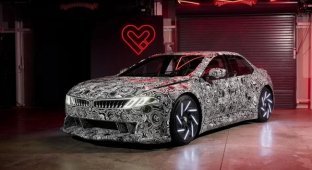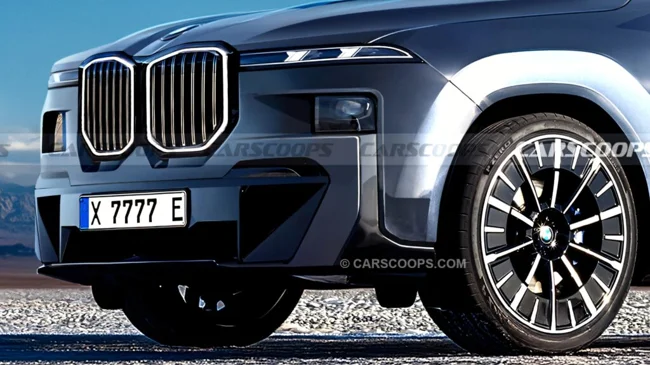
Design update and electrification
BMW’s largest crossover is getting its biggest facelift yet, including a radical redesign in the spirit of the Neue Klasse design school. Codenamed G67, the next X7 will also get the all-electric iX7 for the first time.
Our spies caught the new X7 testing, which allowed us to see the details under the camouflage and get an idea of what the next luxury SUV from Bavaria will look like. Below, we break down everything we’ve learned so far.
Neue Klasse Curves 
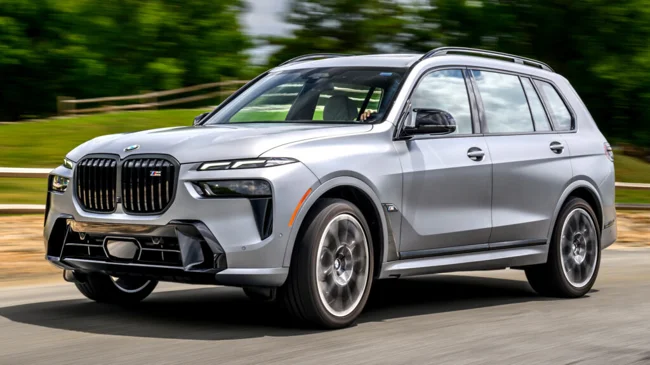
Controversially, the X7 retains its split optics: the daytime running lights are positioned high up on the hood line, while the main headlights have been moved to more square units lower down. The redesigned twin nostrils remain as bold as before, but now feature light elements instead of chrome, and the lower radiator grille has been given a more rectangular shape.
The Neue Klasse aesthetic is most evident in the profile, where the front and rear wings, along with the smooth surfaces, are clearly associated with the recently introduced iX3.
Design innovations
The conventional door handles are gone, replaced by thin “winglets” that rise from the beltline, reminiscent of the Mustang Mach-E. The rear side window is slightly larger and has a more pronounced “Hofmeister hall” than other recent BMW models.
The rear will retain the split tailgate, and the taillights will become slimmer LED units. M versions will get quad exhaust pipes, while the electric iX7 will have a different lower bumper, reflecting the lack of a traditional powertrain.
Panoramic view and interior
In the cabin, BMW will introduce its Panoramic iDrive system: a pillar-to-pillar display at the base of the windshield with customizable sections for driver information and passenger entertainment.
This is accompanied by 3D projection onto the glass and a large central touchscreen for key infotainment functions, although ergonomics enthusiasts may regret the removal of the physical iDrive controller. 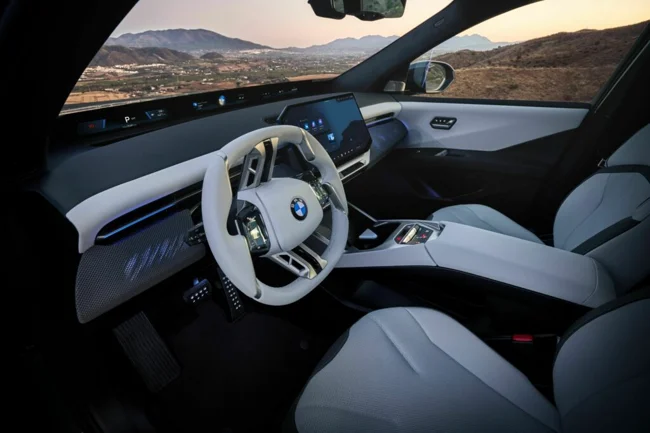
Other interior details are likely to follow the new iX3 in terms of cleaner surfaces and less clutter, but with more glass inserts, ambient lighting and premium materials.
Improved driver assistance systems include hands-free driving on motorways and City Assist with traffic light recognition, which allows the car to stop and continue automatically.
Platform and powertrains
The X7 will continue to be based on a significantly updated version of BMW’s CLAR architecture. Expect adaptive air suspension with adaptive dampers, possibly including rear axle steering and active roll control.
Along with the petrol and diesel engines, an electric version of the iX7 will make its debut. Based on the iX3, we can expect a version with two engines producing 463 hp (345 kW).
More powerful options
If that’s not enough, the lineup will feature the mighty 800 hp M70, as well as an even more powerful option from Alpina. As our colleague Chris Chilton reports, the system will use an 800-volt architecture with a 110 kWh cylindrical cell battery pack.
The B58 3.0-liter turbocharged inline-six engine with 48-volt microhybrid technology is expected to continue, along with the S68-derived 4.4-liter twin-turbo V8. The 40d xDrive diesel inline-six will also return for markets where such engines remain popular.
Competitors and release date
Main competitors will be the Mercedes-Benz GLS, Rolls-Royce Cullinan and the upcoming flagship Audi Q9. Other rivals include the Genesis GV90, Lexus LX, Range Rover, Cadillac Escalade IQ, Infiniti QX80 and Lincoln Navigator.
The official presentation is scheduled for the period between the end of 2026 and the beginning of 2027, with the start of production shortly thereafter. Both the X7 and the iX7 will be manufactured at BMW’s plant in Spartanburg, South Carolina. 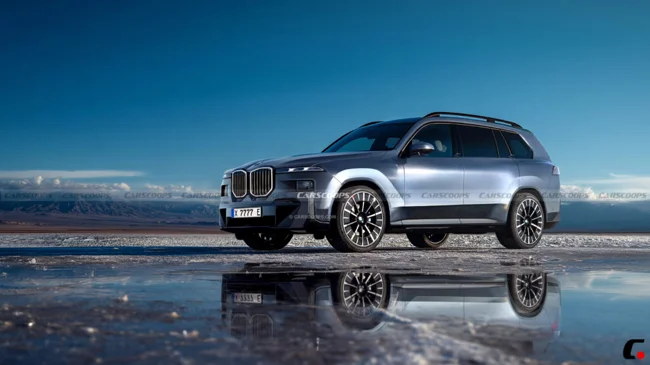
These changes to the X7 reflect BMW’s general trend of combining classic design elements with innovative technologies, making the model more modern and competitive in the large SUV market. The introduction of an electric version of the iX7 also shows the growing importance of environmentally friendly solutions in the premium car segment, which could influence future developments by competitors.
Add your comment
You might be interested in:













